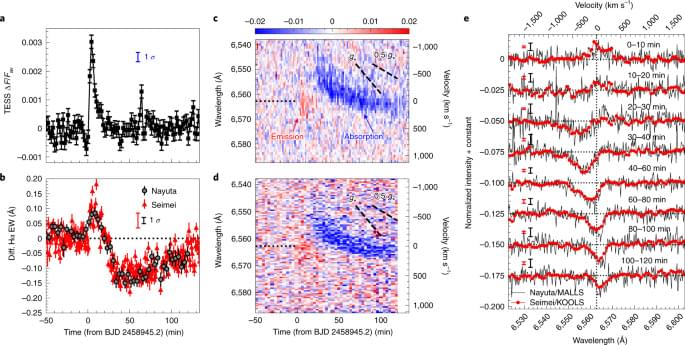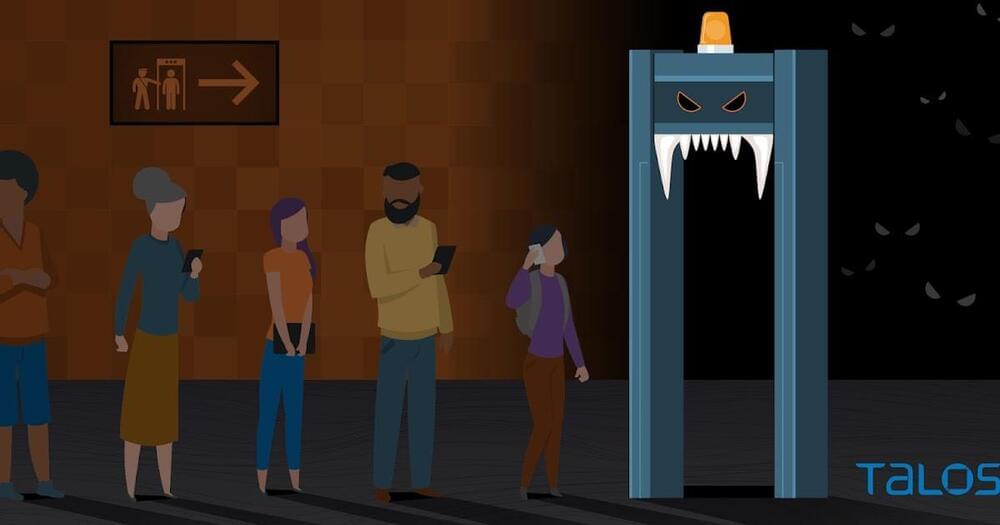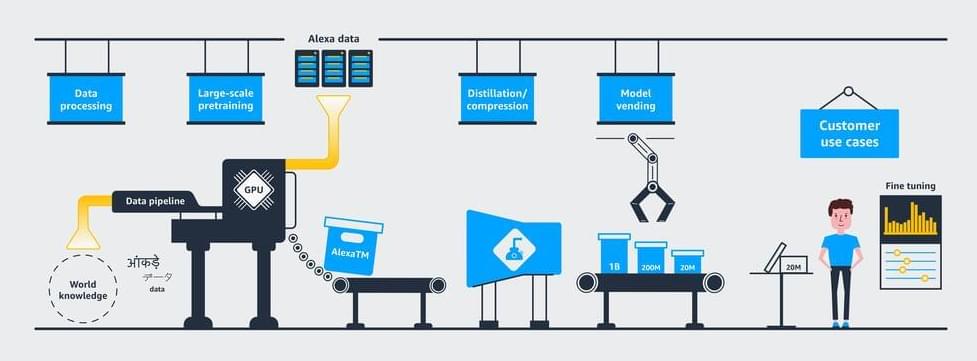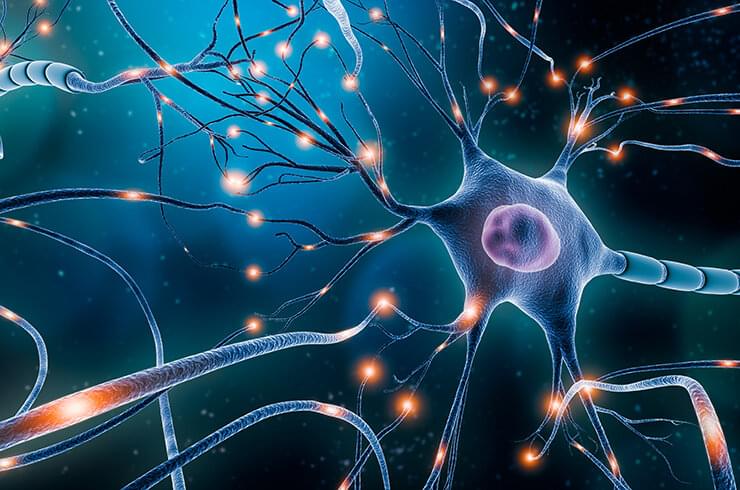An energetic eruptive filament on EK Draconis most probably launched a coronal mass ejection with a mass ten times larger than the largest solar coronal mass ejection. Studying such ejections provides insight into stellar angular momentum loss and the habitability of orbiting planets.
Cybersecurity agencies from Australia, Canada, New Zealand, the U.S., and the U.K. on Wednesday released a joint advisory in response to widespread exploitation of multiple vulnerabilities in Apache’s Log4j software library by nefarious adversaries.
“These vulnerabilities, especially Log4Shell, are severe,” the intelligence agencies said in the new guidance. “Sophisticated cyber threat actors are actively scanning networks to potentially exploit Log4Shell, CVE-2021–45046, and CVE-2021–45105 in vulnerable systems. These vulnerabilities are likely to be exploited over an extended period.”
It should be noted that in 2020, rug pulls accounted for just 1 per cent of the under $5 billion in total illicit revenue.
Earlier, in November, millions of dollars vanished in a matter of minutes after investors piled into a new cryptocurrency inspired by “Squid Game,” the popular Netflix survival series, only to watch its value plunge to nearly zero in a few short hours. Then Squid went on a roller-coaster ride. In a 10-minute span later on Monday, the token’s value grew from $628.33 to $2,856.65, according to CoinMarketCap, a crypto data tracking website. Then, five minutes later, it traded at $0.0007.
Meanwhile, US Federal Bureau of Investigation (FBI) had issued a warning in November, against cybercriminals that are using Bitcoin ATMs and QR codes to defraud unsuspecting individuals. The FBI in a recently released Public Service Announcement (PSA), said that it has witnessed an increase in scammers directing victims to use physical cryptocurrency ATMs and digital QR codes to complete payment transactions.
Researchers at an Abu Dhabi university revealed details about a set of vulnerabilities in the information transfer mechanism that underlies modern telephone networks. According to the report, threat actors can exploit these flaws to deploy denial of service (DoS) and Man-in-The-Middle (MiTM) attacks using a few pieces of hardware.
Experts Evangelos Bitsikas and Christina Pöpper mention that these failures can occur in all kinds of scenarios as long as some general conditions are met. In addition, the problems lie in all generations of network infrastructure, from 2G to 5G.
Handover is the fundamental mechanism in any modern cellular network implementation, and is described as the process of transferring a subscriber during a call or data transfer session from one base station to another. Handover plays a critical role in establishing cellular communications, especially when the user is on the move.
Microsoft is urging customers to patch two Active Directory domain controller bugs after a PoC tool was publicly released on Dec. 12.
A proof-of-concept tool has been published that leverages two Windows Active Directory bugs fixed last month that, when chained, can allow easy Windows domain takeover.
In a Monday alert, Microsoft urged organizations to immediately patch the pair of bugs, tracked as CVE-2021–42287 and CVE-2021–42278, both of which were fixed in its November 2021 Patch Tuesday release.
Alexa AI head scientist Rohit Prasad reflects on his team’s progress in the past year toward “ambient intelligence”, where our environment responds to our reque… See more.
Alexa’s chief scientist on how customer-obsessed science is accelerating general intelligence.
It doesn’t have to be this way. Unhealthy ageing is a human tragedy, and if governments and health authorities shift their focus from lifespan to healthspan, longevity technology can remedy it. Looking and feeling younger for longer is not the preserve of beauty brands or Silicon Valley billionaires.
The average human lifespan has increased by several decades in the past century, but our healthspan – the years we are in good health – has stayed the same. The solution is to treat unhealthy ageing like any other illness, that is, as a technical problem that can be overcome.
Summary: A new study brings understanding how the brain processes information one step closer.
Source: friedrich miescher institute for biomedical research.
For amplifying sensory stimuli quickly and accurately, neuronal circuits require specific wiring. Some 70 years ago, the compelling idea that “neurons that fire together wire together” emerged. Yet, in computational models, neurons that wire together tend to succumb to an explosion of activity and instability not observed in neurobiology. The lab of Friedemann Zenke now characterized a plausible yet straightforward mechanism that biology may use to avoid this issue.
The telescope will point its massive eyes on these cosmic objects.
The James Webb Space Telescope will explore transiting exoplanets, Kuiper Belt objects and the Solar System’s strangest phenomena.









